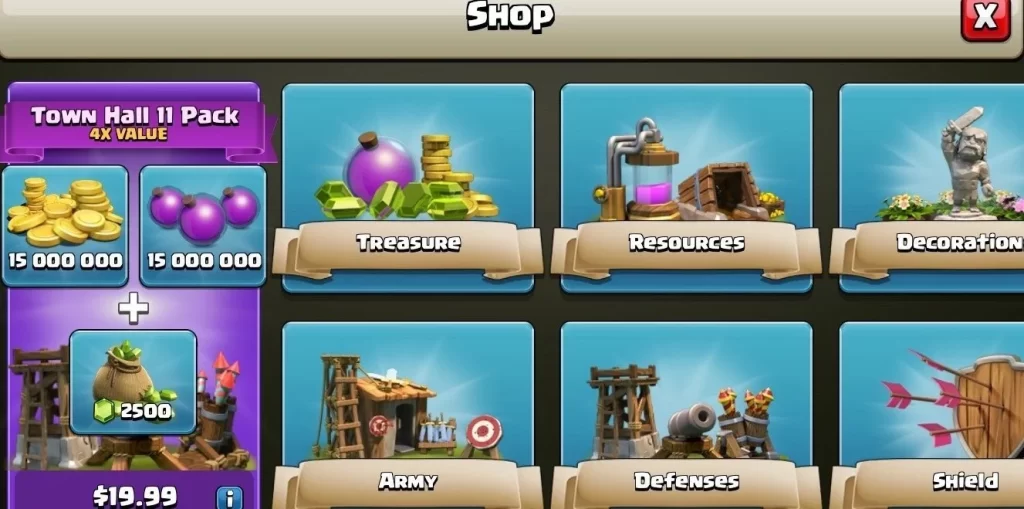In the rapidly evolving landscape of mobile gaming, developers face the challenge of creating engaging experiences that captivate users and foster long-term retention. With over 2.7 billion mobile gamers worldwide as of 2023 (Statista, 2023), the competition is fierce, and the stakes are high. This article delves into the intricacies of mobile game development, focusing on strategies to build engaging mobile experiences that resonate with players. We will explore user experience (UX) design principles, monetization strategies, and the importance of community engagement, supported by real-world examples and data.

User Experience Design: The Cornerstone of Engagement
At the heart of any successful mobile game lies a well-crafted user experience. UX design encompasses every aspect of a player’s interaction with the game, from the initial download to ongoing gameplay. A study by the Nielsen Norman Group (2022) found that 94% of first impressions are design-related, underscoring the importance of a visually appealing and intuitive interface.
Intuitive Navigation
Intuitive navigation is crucial for keeping players engaged. Games like “Candy Crush Saga” exemplify this principle by employing simple, recognizable icons and a straightforward progression system. Players can easily understand how to navigate through levels, which reduces frustration and enhances enjoyment. According to a report by App Annie (2023), games with intuitive navigation see a 30% increase in user retention compared to those with complex interfaces.
Visual and Auditory Feedback
Providing immediate feedback through visual and auditory cues can significantly enhance player engagement. For instance, “Fortnite” utilizes vibrant animations and sound effects to reward players for achievements, creating a sense of accomplishment. Research by the University of Southern California (2021) indicates that games incorporating immediate feedback mechanisms can improve player satisfaction by up to 40%.
Monetization Strategies: Balancing Profit and Player Experience
While creating an engaging game is paramount, developers must also consider monetization strategies that do not detract from the user experience. The balance between profitability and player satisfaction is delicate, and developers must navigate this landscape carefully.
In-App Purchases vs. Ads
In-app purchases (IAPs) have become a prevalent monetization strategy in mobile gaming. According to Newzoo (2023), IAPs account for 79% of mobile game revenue. However, excessive reliance on IAPs can lead to player frustration, particularly if they feel pressured to spend money to progress. Games like “Clash of Clans” have successfully implemented IAPs by offering optional purchases that enhance gameplay without creating a pay-to-win environment.

Clash of Clans has optional purchases that enhance gameplay.
On the other hand, ad-based monetization can be effective if executed thoughtfully. “Subway Surfers” employs rewarded video ads, allowing players to choose whether to watch an ad in exchange for in-game rewards. This approach has been shown to increase ad engagement by 50% (AdColony, 2022) while maintaining a positive player experience.
Community Engagement: Building a Loyal Player Base
Engaging with the gaming community is essential for fostering loyalty and encouraging word-of-mouth marketing. Developers can leverage social media platforms, forums, and in-game events to create a sense of community among players.
Social Media and User-Generated Content
Social media platforms like Twitter, Instagram, and TikTok have become vital tools for game developers to connect with their audience. Games such as “Among Us” have thrived on social media, with players sharing gameplay clips and memes, which has contributed to the game’s viral success. According to a study by the Pew Research Center (2022), 70% of gamers reported that they follow game developers on social media, indicating a strong desire for connection and engagement.
In-Game Events and Updates
Regular updates and in-game events can keep players engaged and excited about the game. “Fortnite” is renowned for its seasonal events, which introduce new content and limited-time challenges. A report by SuperData (2023) found that games with frequent updates retain 50% more players compared to those with infrequent updates. This highlights the importance of keeping the game fresh and engaging to maintain player interest.
Data-Driven Development: Leveraging Analytics for Improvement
In the age of big data, leveraging analytics is crucial for understanding player behavior and improving game design. By analyzing user data, developers can identify trends, preferences, and pain points, allowing for informed decision-making.
Player Retention Metrics
Key performance indicators (KPIs) such as Daily Active Users (DAU), Monthly Active Users (MAU), and retention rates provide valuable insights into player engagement. According to a report by GameAnalytics (2023), the average retention rate for mobile games is around 25% after the first day, dropping to 10% after seven days. By analyzing these metrics, developers can implement targeted strategies to improve retention, such as personalized notifications or tailored content.
A/B Testing for Optimization
A/B testing is a powerful tool for optimizing game features and monetization strategies. By comparing two versions of a game element, developers can determine which performs better in terms of user engagement and revenue. For example, a study by Optimizely (2022) found that A/B testing increased conversion rates by an average of 20%, demonstrating its effectiveness in refining game design.
Conclusion
Building engaging mobile experiences requires a multifaceted approach that encompasses user experience design, thoughtful monetization strategies, community engagement, and data-driven development. By prioritizing intuitive navigation, providing immediate feedback, balancing monetization methods, fostering community connections, and leveraging analytics, developers can create games that not only attract players but also retain them over the long term. As the mobile gaming industry continues to grow, those who master these elements will be well-positioned for success.
Key Takeaways
1. Prioritize user experience through intuitive navigation and immediate feedback mechanisms.
2. Balance monetization strategies to enhance player satisfaction while generating revenue.
3. Engage with the gaming community through social media and in-game events to foster loyalty.
4. Utilize data analytics and A/B testing to refine game design and improve retention rates.
FAQ
What are the most important factors for engaging mobile game design?
The most important factors include intuitive navigation, immediate feedback, balanced monetization strategies, and community engagement.
How can I improve player retention in my mobile game?
Improving player retention can be achieved through regular updates, personalized notifications, and creating a sense of community among players.
What role does data analytics play in mobile game development?
Data analytics helps developers understand player behavior, identify trends, and make informed decisions to enhance game design and monetization strategies.
How can I effectively monetize my mobile game without frustrating players?
Consider implementing optional in-app purchases and rewarded video ads, ensuring that monetization does not hinder the overall player experience.

